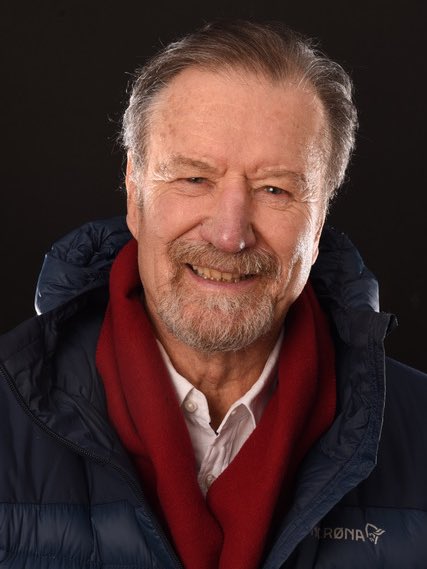The original being love state of the infant is unconscious. In adults such a state can also be achieved in various ASC or trance states, in addition to the experiences described as regression.
Under Zen reality I describe an experience completely new to humans living in ego-consciousness, namely that of a conscious state of being love:
Thesis:
“Zenreality is the “reality” as experienced in the state of conscious primary self. In doing so, the Zenreal(s) not only live in the state of being love, but also consciously integrate excited love. In addition, he/she is able to make the transition into the main reality of the socialized secondary self at any time.”
Unbiased, conscious perceiving
Apart from the natural consciousness defined by physiology as well as the psychic and the philosophically described consciousness, there is a fourth state of consciousness called “unbiased conscious perceiving“. This consciousness does not capture only a limited sector, as in neurobiological model conceptions, but – like a clear mirror – the field of all perceptual modalities that are capable of grasping the here-and-now – with one restriction: analytical thought processes are excluded. They are only possible as a reference to past memories and therefore cannot take place simultaneously with here-and-now perception.
In this state, it is not possible for “an inner voice” to comment, to condemn or to applaud.
What is spiritual consciousness?
In contrast to the neurobiological notion of focused consciousness, which can be alternately detected once here or there, spiritual consciousness has a basic setting of emptiness out of which the epiphenomena of mind activity develop: It is the perception of the “pure sky” on which from time to time – like clouds – scraps of thoughts pass.
Qualities of Zen reality
It is absolute silence, deep peace with full consciousness. “Thinking” in this state is related to the early childhood averbal-pictorial “world” and is therefore capable of recognizing many more impressions per time unit than the sequential “talk-thinking” characterized by abstract symbols. However, early childhood preverbal “thinking” is still “unconscious”; in any case, we usually are unable to recall it later.
This fourth, spiritual-metaphysical state of consciousness corresponds to what I describe as Zen reality. This mode of being could also be called integrated reality, because the people in question know and master the state of “main reality” but at the same time can switch at any time to the broader reality of “cosmic (sub)reality”.
The state of Zen reality in different traditions
The state of Zen reality by no means is an esoteric product of imagination. This is proven not only by descriptions about it in all high religions. Also recent electroencephalographic investigations prove the occurrence of these states of being.
What in the Zen tradition corresponds to the state of “original face” might be comparable to the experience of being “Twice born” in the Indian Vedas. Also Jesus’ word “Become like children, for theirs is the kingdom of heaven” can be interpreted in the same sense. What is crucial here is “like being children,” as opposed to “being a child.”
Living fearlessly and timelessly
In the state of Zen psychological pain is “realized”. It is perceived how it is related to early childhood psychic deprivation or socialization related repressions. According to the situation present threats are consciously encountered or are avoided.
Above all the Zen reality state is characterized by the qualities of being free of fear and time: Since the need for comparison (in order to be able to measure success) and consequently anticipatory fears are eliminated, people in the state of Zen reality feel neither fear nor a corresponding tension. Since the future is happening now, they are without anxious time reference. Accordingly, there is no time pressure, that permanent feeling of tension that has decisively shaped our civilization.
The state of Zen reality corresponds to the state of conscious being love, extended by the possibility of including primary excited love.
Consciously experienced love and meditation differ only,
that without meditation the space for real being love is prepared in very few people.
transstepping (Überstieg)
The special ability to be able to move between the primary and the (child’s) secondary reality is what LEMPP calls Überstieg (transstepping). This is the shift between primary and secondary self.
In contrast to the unconscious infantile secondary reality in LEMPP’S concept, the Zen reality does not correspond to the averbal imagery world of the infant, but to the perspective-less “view from nowhere”.



